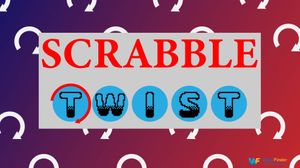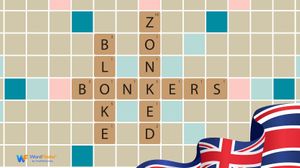Words With Friends Rules: A Quick Start Guide
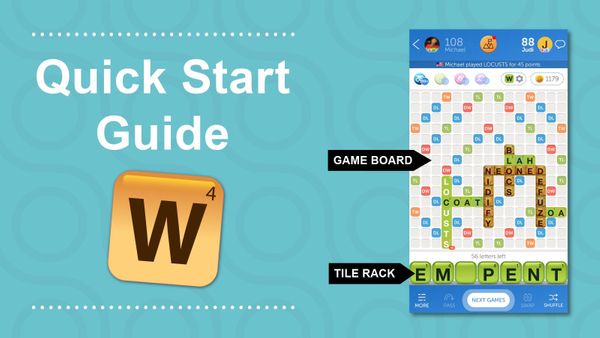
Created by Beth Wiggins for Wordfinder
How to Play Words With Friends: The Basics
Even though there are some minor differences in presentation, each version of Words With Friends plays the same way. You get the same board, the same letters, the same objective and the same Words With Friends rules. Play on a computer or via the app on your mobile device; the actual game is the same.
The three main parts of the game you’ll need to know about are:
The game board: There are 225 spaces on the 15 x 15 grid. Play letter tiles horizontally or vertically to form words.
Your letter rack: You keep seven letter tiles on your rack for each turn. When you play five tiles to create a five-letter word in a turn, for example, you’ll automatically get five new letter tiles from the tile bag for your next turn.
The tile bag: The game has a total of 104 letter tiles. Each player starts with seven, refilling their rack from the bag until it is empty.
The game ends when the tile bag is empty and one player uses up all their letters. The game can also end when players “pass” three times in a row.
Making Moves in Words With Friends
The goal of Words With Friends is to form words using the letters in your letter rack, plus the letters that are already on the game board. Words have to be at least two letters long. The game was inspired by Scrabble, so if you’ve played that game, you’re already familiar with Word With Friends’ core mechanics.
The first word played must include the center space, designated by a “plus” symbol. This first word gets a double-word score.
After that, every word must connect with at least one of the letters already on the board.
Words With Friends Scoring Rules
The rules for Words With Friends scoring are basically the same as they are for Scrabble.
Letter Values
Every letter in Words With Friends has an assigned point value. Common letters, like T and E, are worth fewer points. More challenging letters, like X and Q, are worth more points. The point value is shown on the tile itself. There’s also this handy list of Words With Friends letter values for your reference.
Take the word CARD, for example. Adding up the tile values, it would be worth 8 points.
C (4 points)
A (1 point)
R (1 point)
D (2 points)
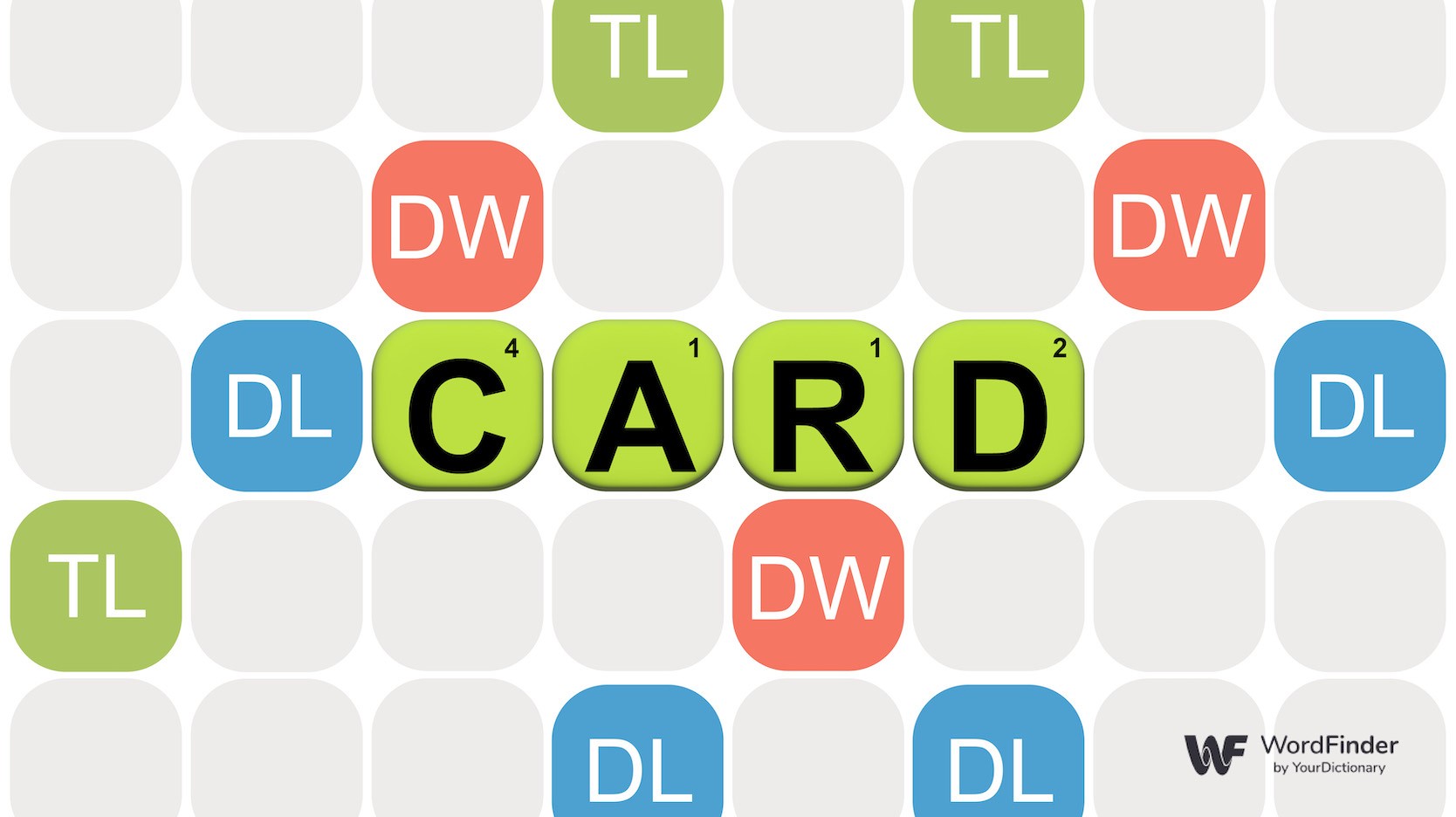
Bonus Spaces
In addition to the face value of the letter tiles, you can earn more points by playing words on bonus spaces. There are four types of bonus spaces in Words With Friends.
DL (double letter): Doubles the value of the single letter tile
TL (triple letter): Triples the value of the single letter tile
DW (double word): Doubles the score on the entire word
TW (triple word): Triples the score on the entire word
You can combine bonus spaces for even more points. Using the same CARD example, if the C is on a TL space and the D is on a TW space, you’d calculate the scoring as follows:
C (4 points x 3 = 12 points)
A (1 point)
R (1 point)
D (2 points)
12 + 1 +1 + 2 = 16 points
16 x 3 = 48 points
Playing CARD here would be worth 48 points.
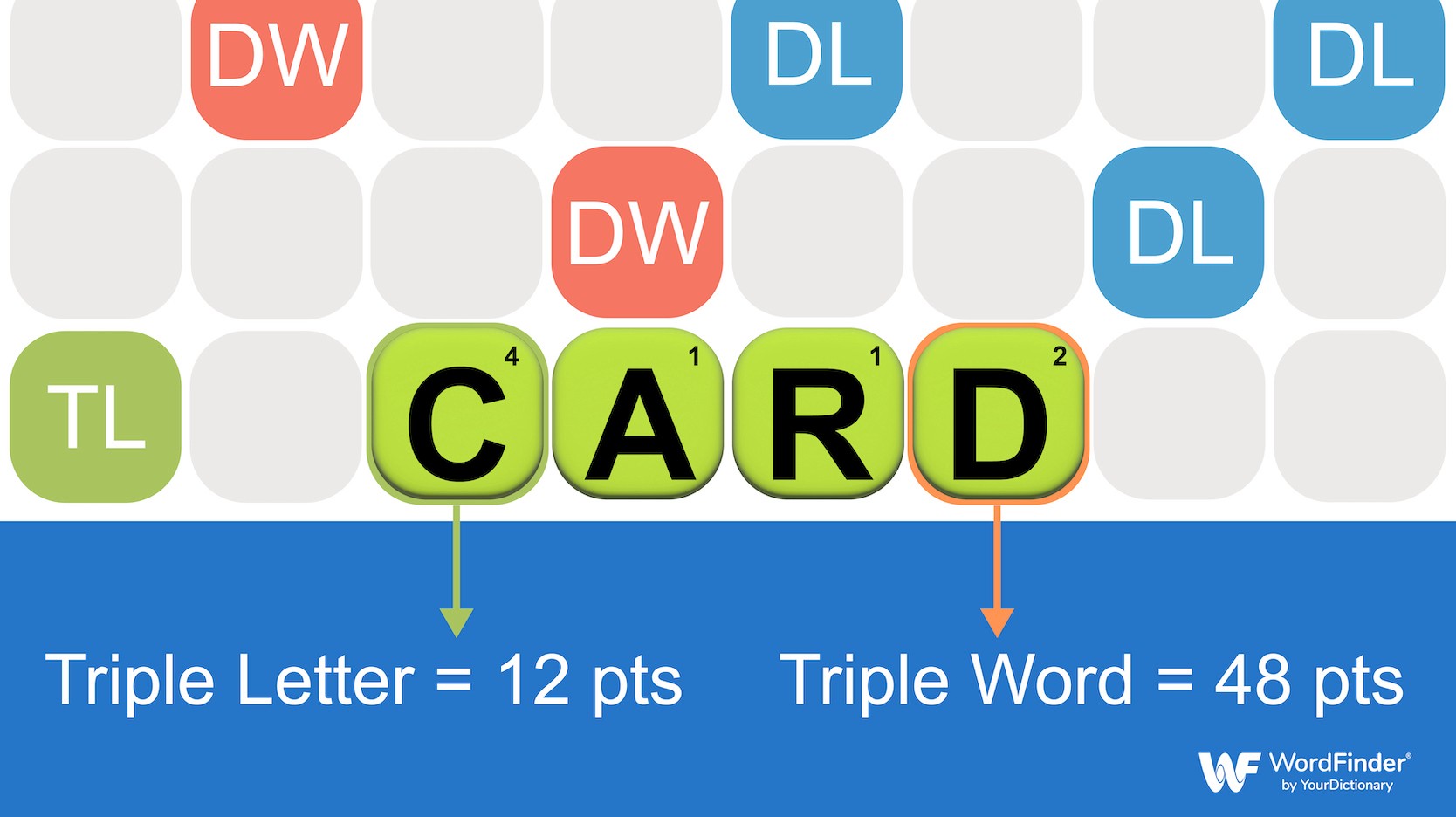
Bingo Bonus
If you play all seven tiles on your letter rack in a single turn, that’s called a bingo, which earns you an extra 35 points. This is on top of any additional points you earn from bonus spaces.
Multiple Words
One of the most valuable Words With Friends rules to remember is that you get credit for every word you create. If in forming one word horizontally, for example, the tiles also form another word vertically, you get points for both words. Using hooks is one of the most important strategies for winning.
For example, say that CARD is already on the board as a horizontal word. You add an “S” to the end of it, plus -UNNY below the S. You earn points from both CARDS and SUNNY.
CARDS (4 + 1 +1 + 2 + 1) = 9 points
SUNNY (1 + 2 + 2 + 2 + 3) = 10 points
9 + 10 = 19 points
If the “S” tile happens to be on a DW space, both CARDS and SUNNY earn the double word bonus.
CARDS (9 x 2) = 18 points
SUNNY (10 x 2) = 20 points
18 + 20 = 38 points
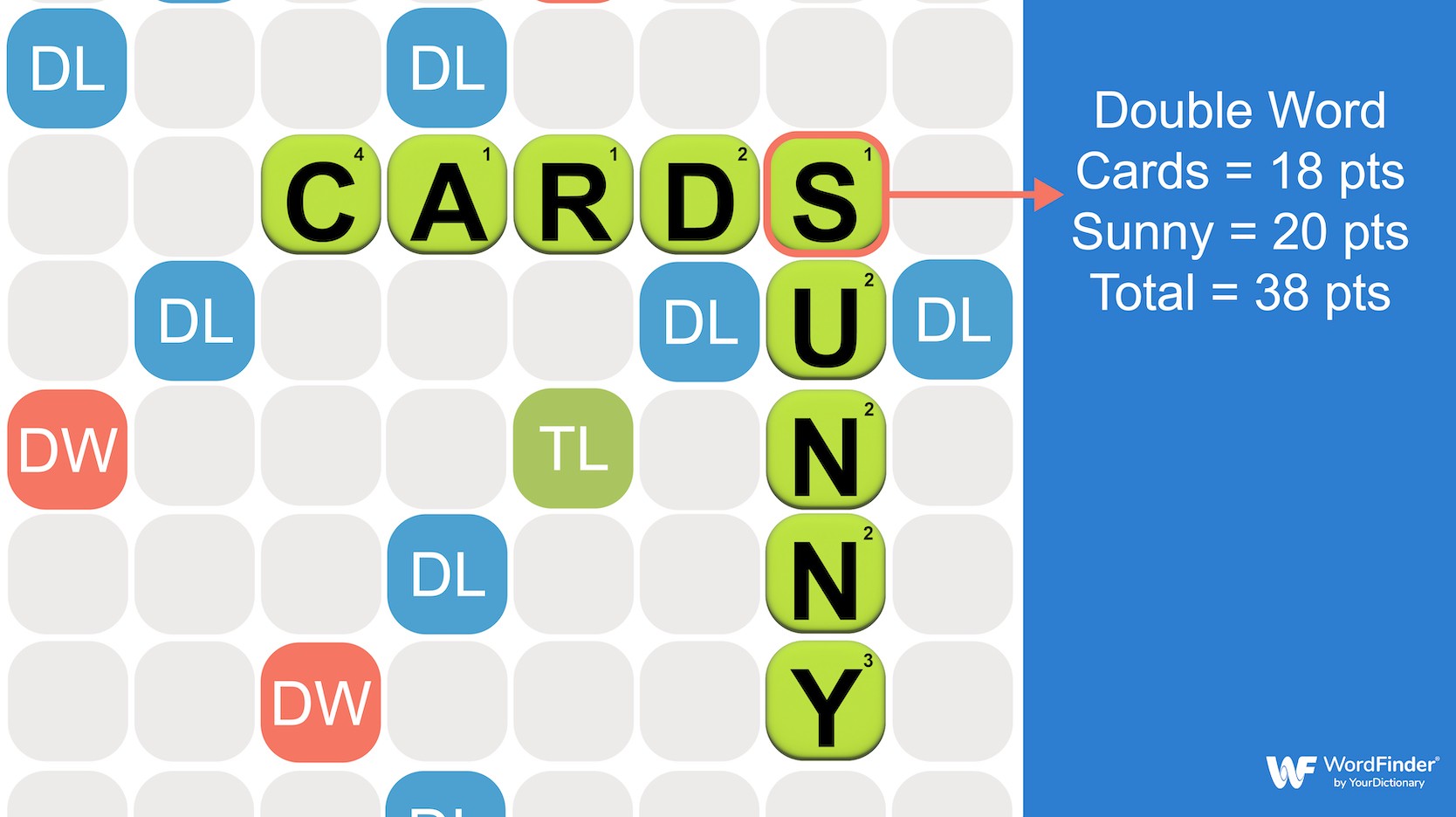
The Final Move in Words With Friends
A game can end one of two ways:
One player uses up all their letter tiles and there are no more letters left in the tile bag.
Players pass their turn three times in a row.
At that time, you add up the value of all the letters left on the second player’s rack. That value is deducted from the second player’s score and added to the first player’s score. The winner is the player with the higher final score.
Power-Ups and Other Moves
Beyond the core gameplay, you can further improve your chances of winning by using the four power-ups. You can earn these power-ups through playing or you can buy them in the game. Words With Friends power-ups are similar to those in Scrabble GO, but they are also different.
Hindsight: Use after a move to see what better word you could have played instead.
Word Radar: Highlight spaces on the game board where you can play a word.
Swap+: Exchange letter tiles without skipping your turn.
Word Clue: Reveal one specific spot where you can play a high-scoring word.
Whereas you have a limited number of power-ups, you can use any of these four options at any time. They are a regular part of the game.
Shuffle: Rearrange the letter tiles in your rack in a random order (do not lose a turn).
Swap: Exchange one or more letter tiles for new ones from the tile bag (lose a turn).
Pass: Opt to skip your turn and let your opponent play their turn.
Resign: Voluntarily forfeit the game.
How to Win in Words With Friends
Now that you know the basics of Words With Friends rules, you’re ready to throw yourself into the arena and challenge your friends to a game. Before you do, brush up on some advice for how to win every game of Words With Friends. Sound strategy and a big lexicon go a very long way. Did you know that you can use some slang words in Words With Friends too? Yes, “shizzle” is worth a whopping 28 points!
Michael Kwan is a professional writer and editor with over 14 years of experience. Fueled by caffeine and WiFi, he's no stranger to word games and dad jokes.

